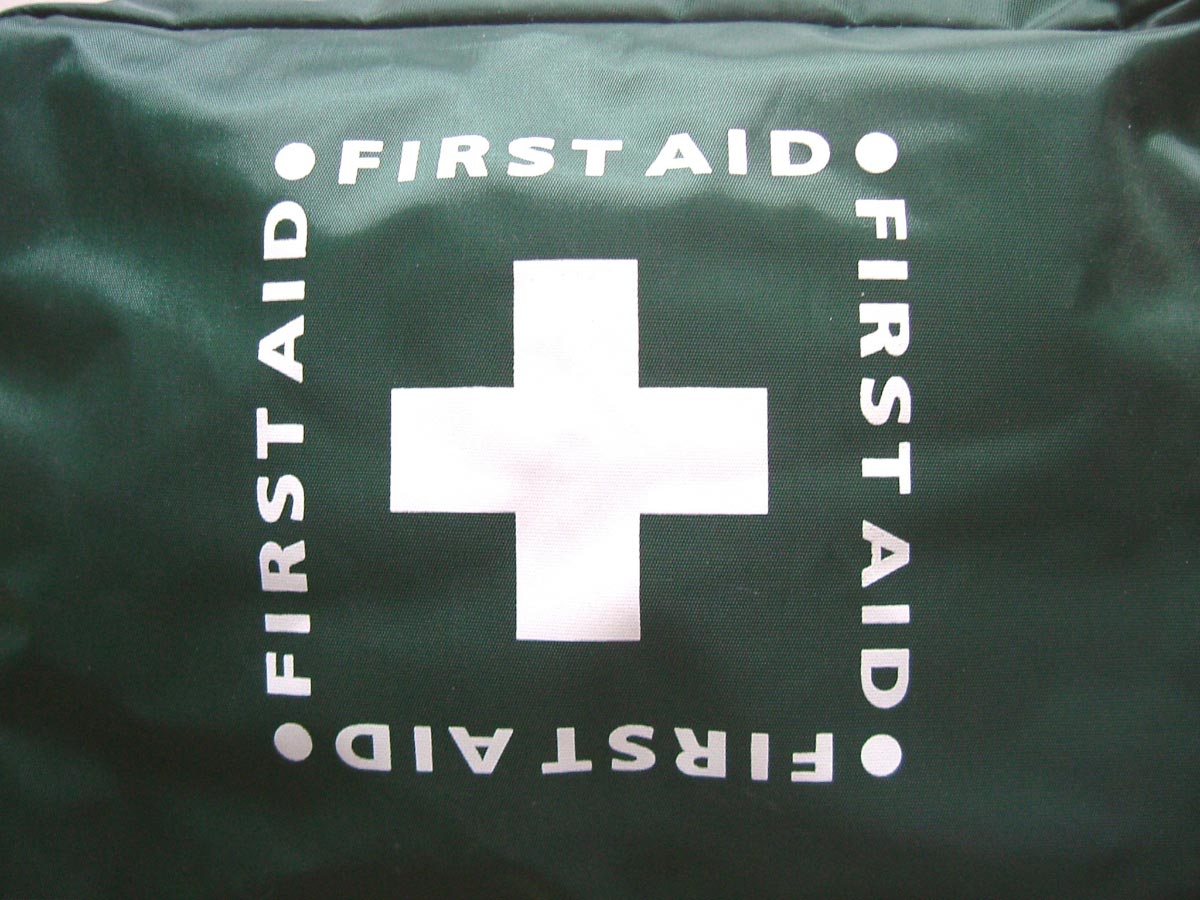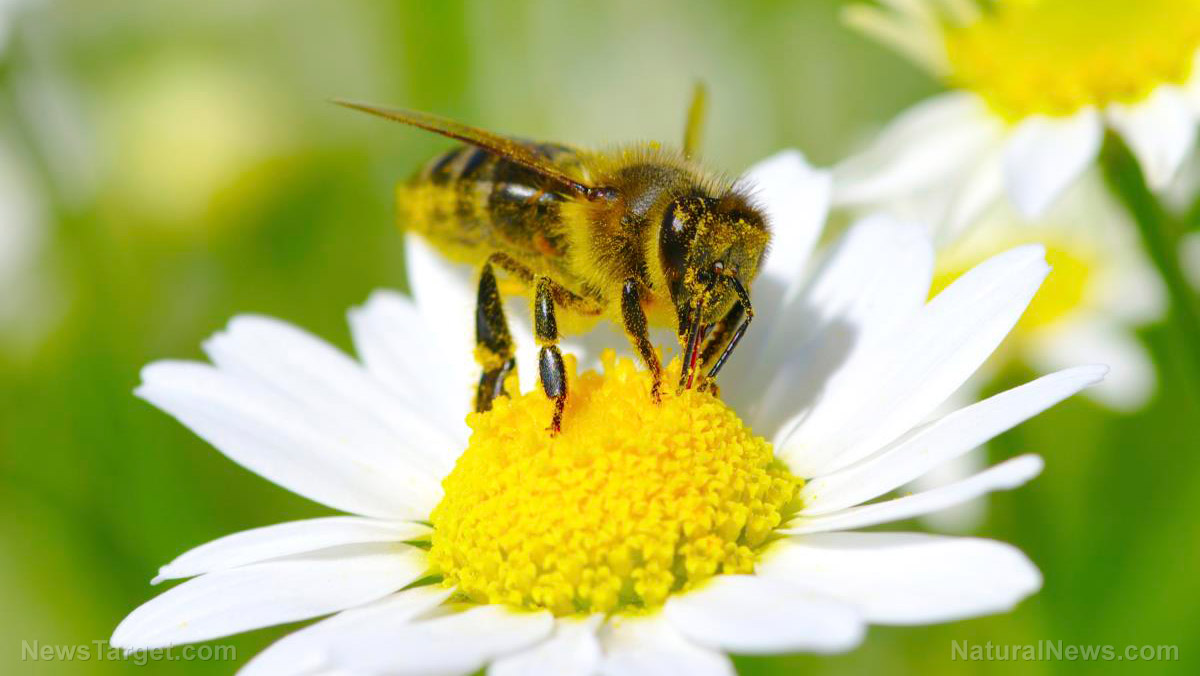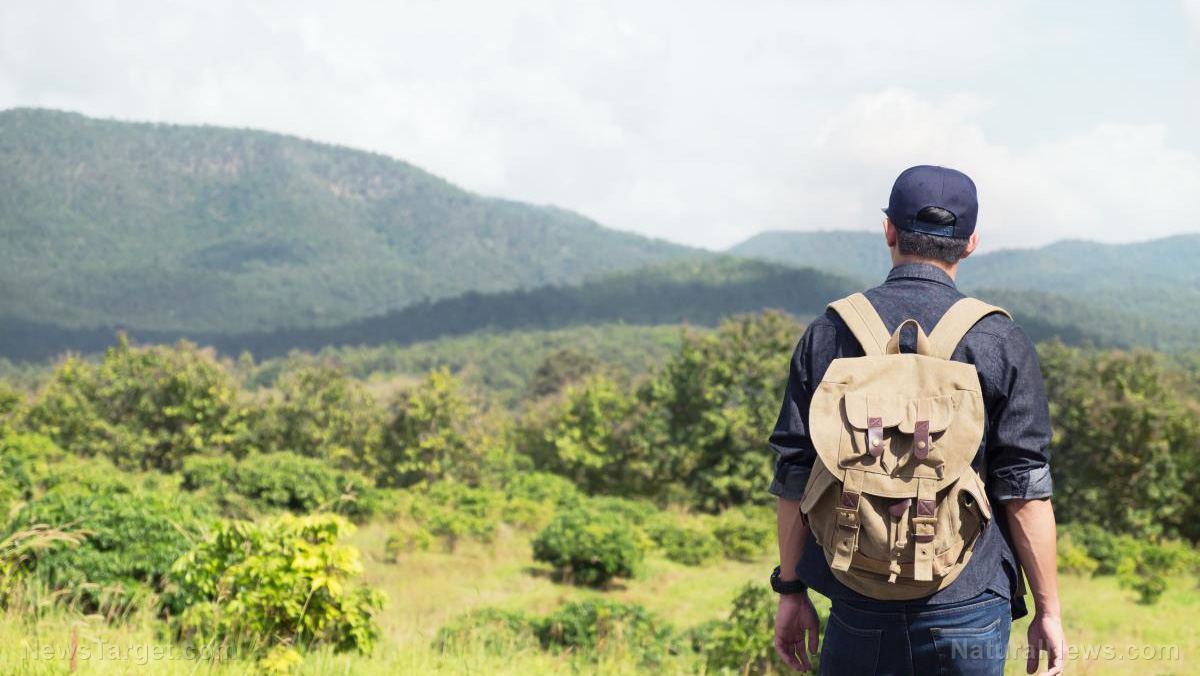How you can prepare for a pandemic flu TODAY
10/30/2018 / By Lance D Johnson

A century ago, a pandemic flu swept across the globe, infecting over 500 million people and claiming the lives of 50 million. Researchers believe it is only a matter of time before a pandemic like the 1918 Spanish flu threatens the world once again.
Today, a pandemic flu would spread more rapidly, taking advantage of transportation systems that could quickly carry airborne pathogens from one vulnerable population to the next. Today’s indoor work environments confine many people in stale air environments. These closed-off environments never allow fresh air inside people’s lungs and never allow people’s respiratory tracts and immune systems to adapt to the outdoor air and its diverse ecosystem of microbial life.
Vaccination is false hope
Today, a pandemic flu would be more deadly, too, taking advantage of heavily vaccinated people who are more susceptible to new, emerging virus strains. The flu vaccine, for example, contains the previous year’s virus strains, which mutate in the chicken egg medium they are grown in. By the time people get vaccinated with this filth, they can become ill from the newly evolved flu strains. To top it off, the flu strains that are circulating in the wild a year later have changed and can still pose a threat to the vaccinated.
Even worse, the immune systems of people who are heavily vaccinated are weakened by carcinogens and metals from the vaccines. Vaccine adjuvants like aluminum do not activate T-cells in the thymus gland like Vitamin C does. Aluminum is actually linked to brain damage and causes the body’s immune system to attack itself, making vaccine science counterproductive. The body requires nutrients in order for the immune system to work, not formaldehyde, mercury, and MSG from the vaccines.
The heavily vaccinated are also ill-equipped with false hope because their body is trained to recognize pathogens at the site of injection and not through natural exposure routes. Future mutating pathogens will take advantage of the heavily vaccinated because their immune system is weak on the front lines, where the skin, glands, nose, eyes, ears, mucous membranes, adenoids, digestive tract, etc. are supposed to do their part in fighting illness. As their immune system is forced to process pathogens intramuscularly, their body loses its natural ability to filter and process pathogens. Under the toxic spell of vaccination, the first line defenses of the body weaken, allowing pathogens easy penetration and infection.
Health authorities should focus on fighting RNA viruses
Airborne pathogens that target the respiratory tract of humans have the greatest potential to become pandemic. The most concerning viruses are the ones that have learned how to survive by using human aerosols as their force of transmission and reproduction. The experts believe that a new pandemic won’t discriminate and won’t stop at a country’s borders; it will affect everyone alive today.
Dr. Amesh Adalja, a senior scholar at the Johns Hopkins Center for Health Security in Baltimore studied the severity of disease. He says, “We need to get serious about respiratory viruses” – especially RNA viruses which mutate the fastest. Enteroviruses, rhinoviruses, flu viruses, SARS, and respiratory syncytial virus are all RNA viruses. Because flu vaccines are currently spurring virus mutations, the threat of a pandemic flu is real. A pandemic will take the world off guard because it will be contagious even during the incubation period, when there are no symptoms.
Home health preparations
To prepare for respiratory infections, learn how to strengthen your body’s natural immune defenses. If you have infants, encourage maternal breastfeeding and stimulate breast milk flow using herbs with galactagogue properties. Pump and save breast milk for future use. The breast milk quickly confers the parent’s immunity to the child, protecting them with true immunization.
Hydration is crucial. Vitamin D, either through sun or supplement form, activates macrophages response. Similarly, vitamin C activates important T-cells for defense. Zinc also boosts the immune system. Elderberries are full of antibacterial and antiviral properties that help the body quickly combat infections. These same properties are found through the plant kingdom. Garlic, red onions, raw honey, and chaga mushroom are prime examples of phyto-nutrient-rich foods. Some roots, such as astragalus and eleuthero have adaptogenic properties, stimulating the human immune system in times of stress and signaling immune cells to respond faster to invading pathogens. Furthermore, you should consume healthy fats, such as coconut oil, olive oil, avocados, and nuts, to help deliver nutrients to the cells. Avoid refined sugars and proton pump inhibitor drugs, which weaken the body’s ability to assimilate nutrients.
Preparing for the worst
The second way to prepare for a pandemic is through procedure preparedness. Even though whole food nutrition prepares the body’s natural defense, viruses still exist and will use humans to survive. You should consider what it will take if public schools are shut down for a time. What will you do if the government orders mandatory quarantines? You should prepare a cache of anti-viral medications, including herbal tinctures that contain anti-viral substances. You may need to prepare a quarantine room in your house if you have to isolate and treat someone in your family.
In a pandemic, infrastructure could be interrupted for months; supply chains, communication, and payroll services may be interrupted. As a result, medical clinics will experience staffing and medication shortages. You should consider stocking up on herbal teas that soothe mucous membranes and act as decongestants. Activated charcoal is a great supplement for gastrointestinal distress. Because of supply disruptions, you may need a one month supply of emergency foods. You will also need plastic sheeting, gallon-sized zip-loc bags, disposable gloves, and liners. You will need an adequate supply of soap, N100 respirator masks, disinfectant, disposable aprons, garbage bags, tissues, and a portable toilet with disposable liners. For advanced protection, you will need a Tyvek protection suit, protective eye gear, and a face shield for all members of the family.
For more on pandemic preparedness, see FluSurvival.com.
Sources include:
Tagged Under: adaptogens, breast milk supply, elderberries, emergency medicine, herbal teas, home preparations, infectious disease, influenza, medical preparations, outbreak, pandemic, pathogens, prepping, prevention, quarantine, respiratory infection, RNA viruses, societal interruptions, Vaccine dangers, vitamin C, vitamin D, zinc


















